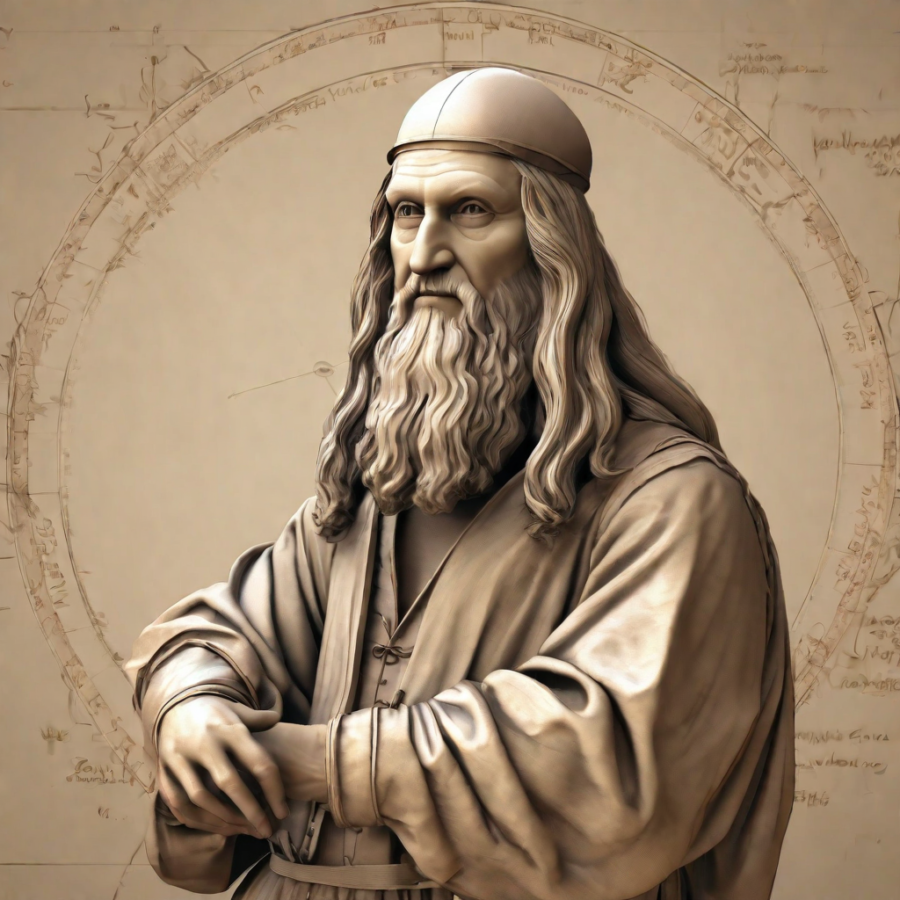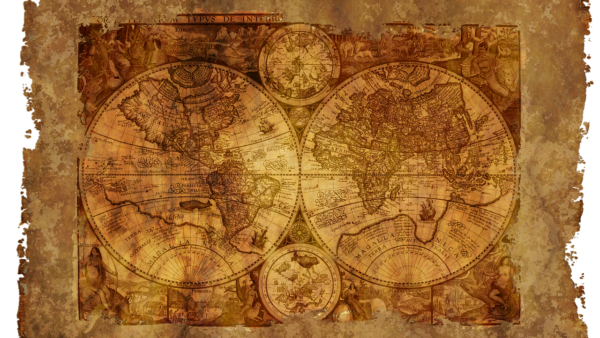Early Life and Apprenticeship
Leonardo da Vinci, the name evokes images of the Mona Lisa’s enigmatic smile, the intricate gears of flying machines, and the iconic Vitruvian Man. While his genius in art and engineering is undeniable, his life stretches far beyond these inventions, revealing a captivating story of a man consumed by insatiable curiosity and a thirst for knowledge.
Born in 1452, Leonardo grew up in Vinci, Italy, surrounded by the rolling Tuscan hills and nurtured by a vibrant artistic environment. His illegitimacy, though stigmatizing, might have fueled his independent spirit and relentless pursuit of self-improvement. Apprenticed to the renowned sculptor and painter Andrea Verrocchio, Leonardo’s talent blossomed. He mastered various techniques, from painting and sculpting to metalworking and architecture.
A Keen Observer of Nature
However, Leonardo’s interests transcended the workshop’s confines. He became a keen observer of nature, dissecting animals and meticulously recording his findings in his now-famous notebooks. These notebooks, filled with mirror-written observations, became his personal laboratories, where he explored anatomy, botany, geology, and even music.
His scientific pursuits weren’t mere intellectual exercises; they fueled his artistic vision. His understanding of human anatomy allowed him to render figures with unmatched precision and realism, breathing life into his paintings like the Last Supper and the Mona Lisa. His fascination with light and shadow led him to develop innovative techniques like sfumato, creating that ethereal haze around his subjects.
The Universal Man
Leonardo wasn’t just an artist or a scientist; he was also a dreamer, an inventor. His notebooks brim with sketches of flying machines, submarines, and other contraptions that seemed like fantastical creations. While many were not built in his lifetime, they showcase his boundless imagination and his desire to push the boundaries of human understanding.
His life was marked by constant movement, seeking patrons and projects that would allow him to explore his diverse interests. He worked for powerful figures like Ludovico Sforza in Milan and Pope Leo X in Rome, leaving behind a legacy of magnificent artworks and architectural designs.
The Enigma of Leonardo da Vinci
Yet, Leonardo remained an enigma. He had few close relationships, and his personal life remains largely shrouded in mystery. He never married, and his sexuality has been the subject of much speculation.
Despite the uncertainties, one thing is clear: Leonardo da Vinci was a man who defied definition. He was an artist who delved into science, a scientist who dreamt of flight, an inventor who captured the human soul on canvas. He was, in essence, the embodiment of the Renaissance ideal, a “uomo universale” – a universal man whose insatiable curiosity and boundless creativity continue to inspire us today.
A Legacy that Inspires
So, the next time you encounter the Mona Lisa’s smile or marvel at the flying machines in his notebooks, remember that you’re not just looking at an artist or an inventor, but at a multifaceted individual who pushed the boundaries of human knowledge and left an indelible mark on the world. His legacy extends far beyond inventions, reminding us that true genius lies in the pursuit of curiosity, in the exploration of the unknown, and in the unwavering belief that the human imagination has no limits.
Leonardo da Vinci wasn’t merely a man of his time; he was a visionary who transcended it. Though centuries have passed, his brilliance continues to resonate, urging us to question, investigate, and create. His impact stretches far beyond his artistic masterpieces and innovative sketches. He challenged established knowledge, dissecting not just cadavers but ingrained assumptions about the world. He saw nature not just as a source of beauty, but as a complex system waiting to be unraveled. His insatiable curiosity fueled groundbreaking discoveries in anatomy, optics, and engineering, paving the way for future advancements…

Originally posted 2024-02-22 15:26:56.




